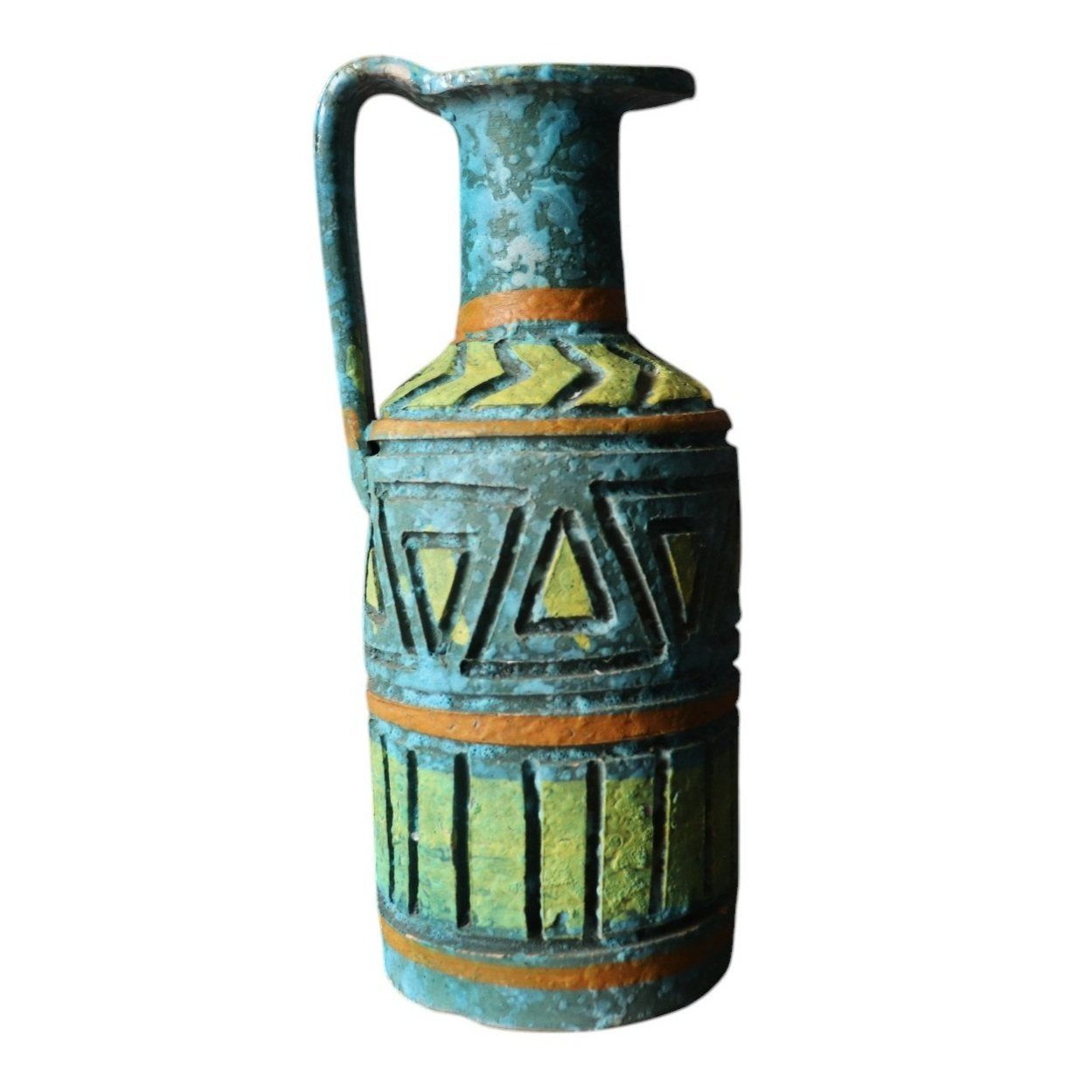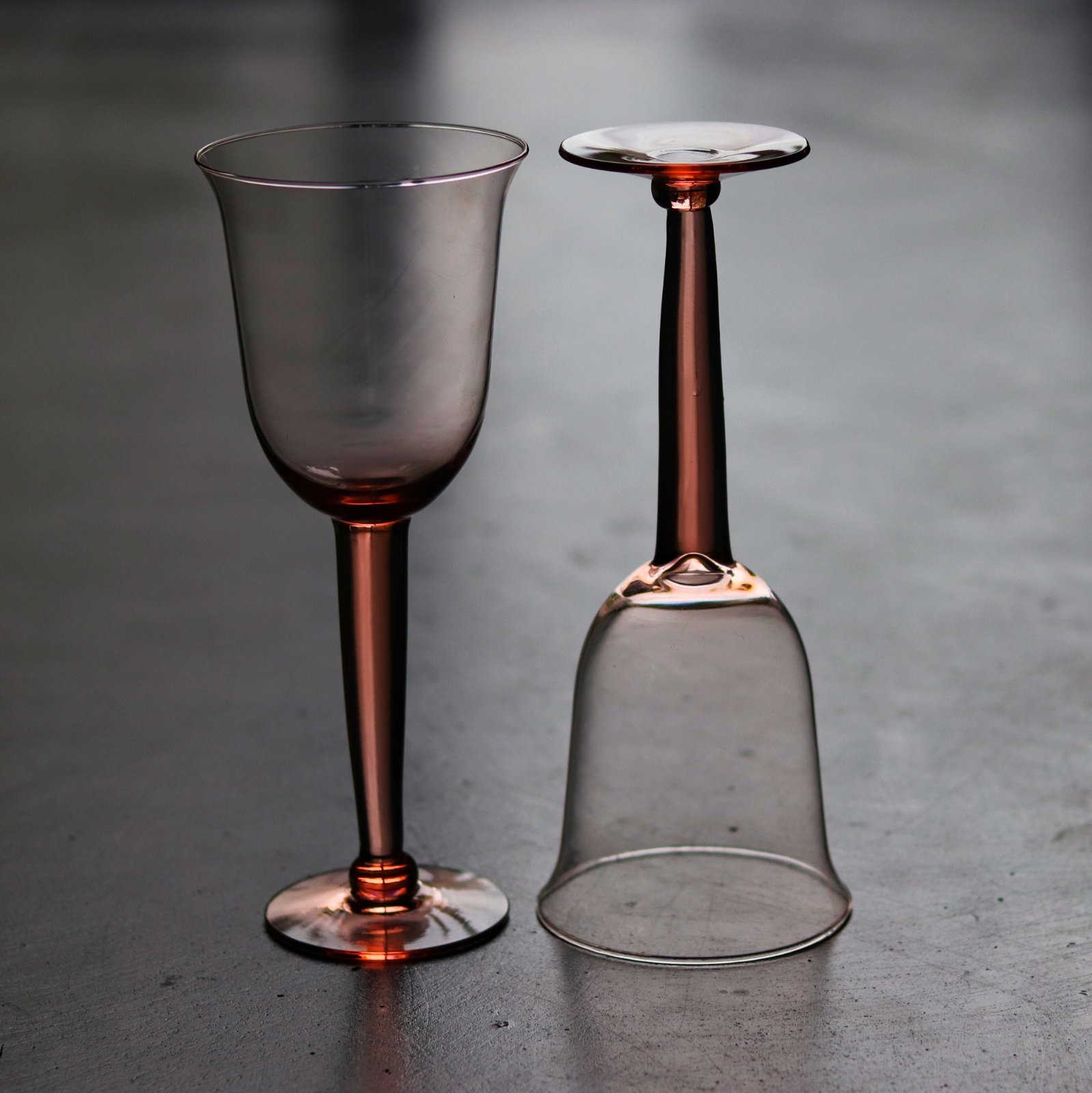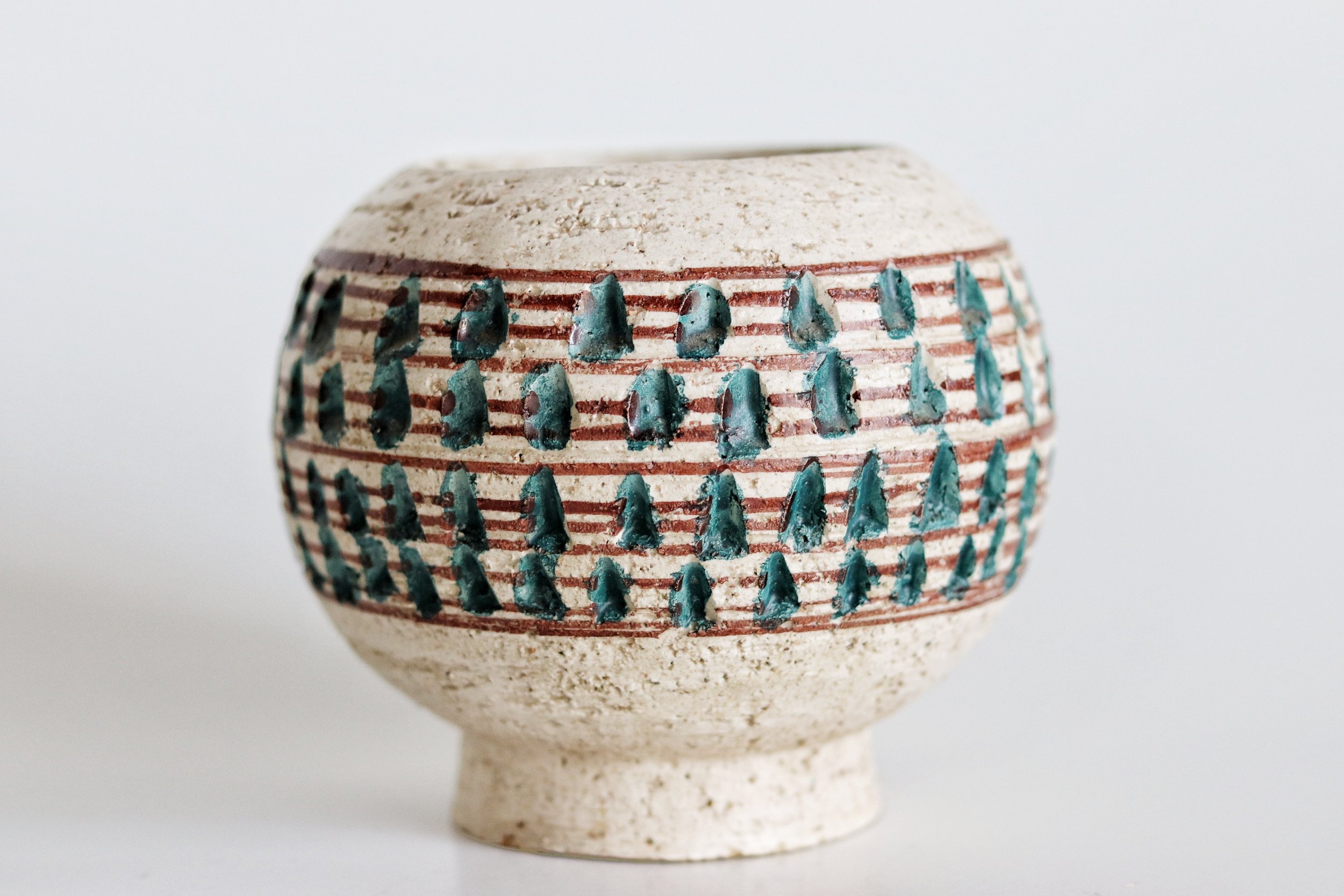Escaping Beige: How Vintage Became the Go-To for Maximalists Seeking Bold Hues
In recent years, interior design circles have seen a noticeable shift: maximalists are increasingly turning to vintage pieces to infuse their spaces with vibrant colors and eclectic vibes. But what's driving this trend, and why is vintage the new darling of the "more is more" crowd?
Another year of beige was not something that everyone was excited about. The ultra-minimal vanilla cream that has become synonymous with modern luxury is becoming lifeless and dull. Pantone claiming Mocha Mousse as the year's color for 2025 was the nail in the coffin for many who are still scratching their heads, wondering how we got here.
Why has color disappeared from our daily environments?
For centuries, color has been a marker of self-expression, status, and cultural identity. Yet, in recent decades, it has been systematically stripped from our environments. Minimalism promoted a muted aesthetic, and mass production prioritized neutrals for cost efficiency. Corporate spaces embraced desaturated palettes under the guise of professionalism. Real estate markets push beige and gray as universally appealing, while fast fashion and disposable decor avoid bold hues to ensure mass marketability. The result? A world increasingly drained of vibrancy, where individuality is muted in favor of conformity.
“For centuries, color has been a marker of self-expression, status, and cultural identity.”
Advertisements for Franciscan dinnerware circa 1954
But this isn’t just a design preference—it’s a cultural shift with deep-rooted biases. Scottish writer and artist David Batchelor coined the term chromophobia to describe Western society’s aversion to color, where bold hues are often dismissed as garish and unsophisticated. In many ways, the erasure of color is a subconscious erasure of cultural richness, replacing centuries of artistic and personal expression with a sterilized monotony. Globally, color thrives on buildings and in ceremonial dress, art, and jewelry. Yet in the West, only neutralism is equated with luxury and longevity, despite the fact that throughout history, the rarest and most expensive dyes were the ultimate symbols of wealth and power. However, the tide is turning. Nostalgia-driven maximalism, a rejection of sterile aesthetics, and a growing appreciation for the boldness of the past are bringing color back. The resurgence of 70s and 80s design, vibrant branding, and Gen Z’s embrace of dopamine dressing all signal a cultural course correction. Color is more than just decoration—it’s identity, history, and emotion. And after decades of beige dominance, people are finally waking up to what they’ve been missing.
The Allure of Vintage Vibes
Vintage design didn’t shy away from color—it embraced it unapologetically. Unlike today’s mass-produced, neutral-heavy trends, past eras celebrated bold hues, rich patterns, and dynamic contrasts. From the vibrant jewel tones of Art Deco to the psychedelic swirls of the ‘70s, vintage pieces inject spaces with an energy and warmth that modern design often lacks. For maximalists, vintage is more than just a way to curate a unique space—it’s a way to reclaim color, layering eras, textures, and styles to create a home that feels alive. In a world of beige minimalism, embracing vintage is a statement: bold, expressive, and deeply personal.
Vintage pieces also offer something modern mass production simply can't—character. They aren’t just objects; they’re conversation starters, relics of artistry, and proof that great design stands the test of time. For maximalists, vintage is a goldmine. With sustainability on their side, they are able to curate the colorful spaces they crave, filled with depth, soul, and individuality. In a world increasingly dominated by the disposable and boring, vintage is the ultimate rebellion—bold, timeless, and utterly irreplaceable.
Colorful collection by @pueblomodern
Color Explosion
Forget about muted palettes; maximalists are drenching. Vintage maximalist decor is all about vibrant, daring colors, and that decor is getting an equally bold backdrop. There is a continuing rise of interior design projects that involve floor-to-ceiling color by way of paint and pattern. Jewel tones, bold reds, and deep blues are commonly featured, creating a visual feast for the eyes in kitchens, bathrooms, and GRWM style diaries.
“Vintage pieces also offer something modern mass production simply can’t—character.”
Vintage glass has become a must-have for maximalist collectors, offering a vibrancy and craftsmanship that modern glassware often lacks. Since most contemporary glassware is transparent, and anything with color is produced cheaply, the sturdiness, variety of shapes, and unusual colors speak the language of the modern maximalist. Certain colors and styles are especially coveted due to their rare materials—UV-reactive uranium glass glows green, cadmium-infused glass glows yellow, and selenium produces striking pink tones. Cobalt glass is another favorite that is seeing increased demand. For centuries, cobalt was mixed into molten glass to create deep, vivid blues, a tradition dating back to the 1700s. However, cobalt’s modern demand for use in solar panels, petroleum refining, and cellphone batteries has driven up costs, thus ending the affordability factor for glass artists everywhere.
Advertisement for Fostoria Jamestown Glassware circa 1962
Colorful vintage glassware from the CLAY+CODA studio collection
Maximalists are also turning to vintage textiles for their unparalleled depth and vibrancy. Unlike modern fabrics, which often rely on synthetic dyes that can appear flat or fade unpredictably, vintage fabrics—especially those produced before the 1960s—were dyed using natural pigments derived from minerals, plants, and insects. This resulted in richer, more complex hues that aged beautifully over time. Additionally, the environmental impact of modern dyeing processes has made mass-produced textiles less appealing, further fueling the demand for vintage materials that offer both aesthetic and sustainable advantages.
Colorful statement furniture is at the heart of maximalist design, where boldness and personality take center stage. Mid-century modern and Hollywood Regency pieces remain popular for their sculptural silhouettes. Meanwhile, Memphis-style and Postmodern designs bring an explosion of color and geometry, embracing asymmetry and unexpected forms that challenge traditional aesthetics. For those drawn to historical grandeur, Victorian and Art Deco furniture provide intricate carvings, high-lacquer finishes, and plush upholstery in rich jewel tones, adding layers of texture and opulence.
Whether sleek and futuristic or lavish and decorative, these vintage styles are the foundation for visually dynamic spaces that celebrate individuality and artistic expression and drama. These few examples hardly scratch the surface of what is available.
Curating a Personal Narrative
In a world where beige has been sold as the pinnacle of sophistication, maximalists are successfully pushing back and claiming their spaces in their own unique ways. The dominance of neutral briege and greige palettes has turned countless homes into lifeless, cookie-cutter backdrops, but maximalists know that a home isn’t meant to be a blank canvas—it’s meant to tell a story. And what better way to do that than with vintage? From the deep oranges and mustards of the '70s to the electric teals and magentas of the ‘80s, these pieces weren’t afraid to stand out, and neither are the people who collect them.
But beyond aesthetics, choosing colorful vintage is an act of defiance against the erasure of individuality we see happening in much of modern design. The modern market plays it safe—neutral colors sell, fast trends cycle in and out, and quality is often sacrificed for cost efficiency. Vintage offers an alternative: things that were made to last, with materials and techniques that embraced rich pigments and bold statements. By integrating these pieces, maximalists aren’t just decorating—they’re curating an identity. A space filled with colorful vintage isn’t just visually striking; it’s deeply personal, layered with meaning, nostalgia, and a rejection of blandness.
The Bottom Line
For today's maximalists, vintage pieces offer a treasure trove of possibilities. They provide vivid colors, intricate patterns, and unique stories that transform a space from ordinary to sensational. So, if you're looking to amp up the vibrancy of your life, diving into the world of vintage might just be the move.














